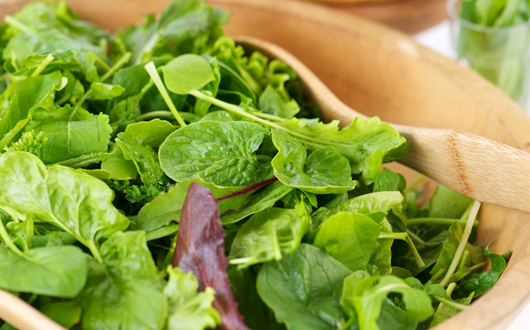
It’s no secret that greens are good for you, and what better way to pack them into your diet than through a salad? Though salad may be a way for you to sneak in some greens, the truth is that not all greens are created equal. While any greens are better than no greens at all, there are some greens that give little to no nutrition, while others pack a tremendous nutritious punch.
As with most vegetables, the more vibrant and dark in color the greens are that you eat, the more nutrition you will be getting. While greens like romaine and butter lettuce do provide nutrition, darker greens such as spinach and kale are among the healthiest greens out there. Think your salad packs a punch nutritionally? Read on to find which salad greens are the healthiest!
The Healthiest Greens For Your Salad
1. Kale
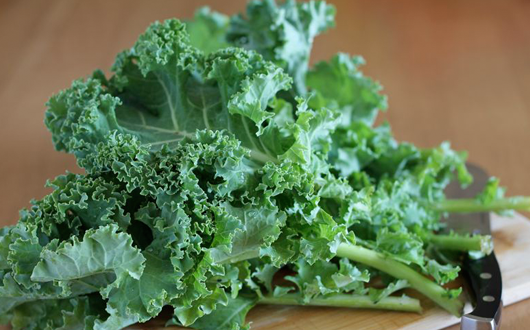
Over the past few years, kale’s popularity has skyrocketed, and for good reason. One of the best cancer-fighting vegetables you can eat, this leafy green fills your daily need for vitamins A, C and K with just one cup worth of leaves. Kale contains phytonutrients, important chemicals that fight cancer and heart disease. With more calories than other greens, kale also provides iron, calcium, and potassium, making it the top green on the health charts!
2. Spinach
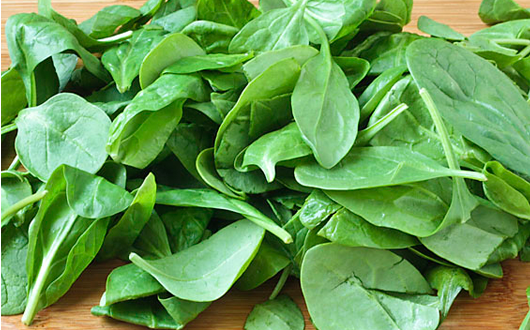
Popeye sure was on the right track with all that spinach he ate. Relatively mild and tasteless in flavor, spinach packs a wallop in the nutritional sense. A terrific source of vitamin A, spinach also provides vitamin C and vitamin K, along with iron and fiber. Spinach also contains more folic acid than other salad greens, an important nutrient to help the body convert the food you eat into energy as well as produce healthy red blood cells. For a simple yet nutritious salad, pair a few handfuls of fresh spinach with sliced strawberries, balsamic dressing, and feta cheese.
3. Swiss Chard
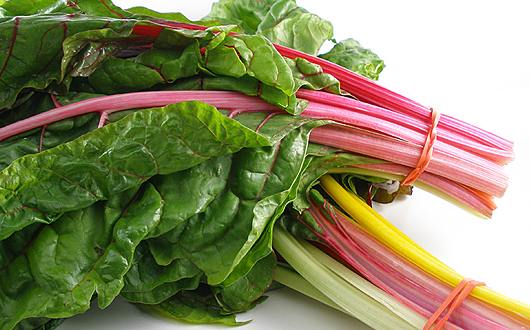
Swiss chard is probably one of the healthiest greens that you aren’t eating. Related to the beet family, Swiss Chard tastes similar to spinach and has been growing in popularity. While it does have a higher sodium count than other greens at 77 grams per cup, swiss chard is also loaded with vitamins A, C, and K.
4. Dandelion Greens
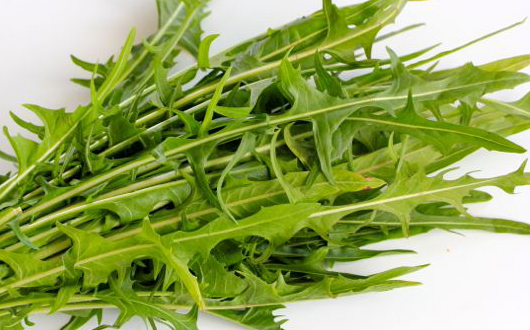
Dandelion greens are the greens you’ve probably never even considered adding to your salad – but you really should. Abundantly rich in both calcium and iron, dandelion greens are also high in vitamin C and vitamin A in the form of beta-carotene. They are also loaded with minerals and contain more protein per serving than spinach. Apparently, Popeye should’ve been munching on dandelion greens to get his muscles pumped!
5. Mustard Greens
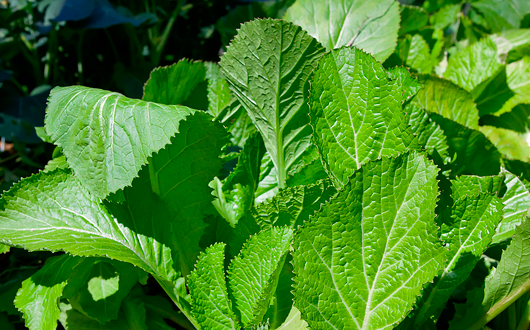
Mustard greens are probably the most flavorful of the salad greens, with a distinct mustardy or horseradish flavor. They provide vitamins K, A, and C as well as folate, manganese, and dietary fiber. Mustard greens also provide protection against cancers and heart disease, we well as promote bone health. Use these greens to flavor your salads or spice up a boring sandwich!
6. Romaine
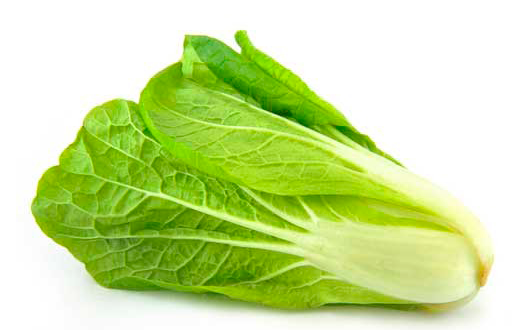
In terms of popularity, romaine ranks second behind iceberg lettuce. I like to think of romaine as the healthier, sexier sibling of iceberg lettuce, with its dark green color, long leaves, and crunchy texture. A popular salad base, romaine lettuce is a good source of folic acid and is rich in vitamins A and K. Romaine does lack in the mineral department, but mixing it with other greens like spinach gives it an extra boost.
7. Red or Green Leaf Lettuce

Red and green leaf lettuce are probably the prettiest of the greens, giving your plate a vibrate shade. Though rich in vitamins A and K, red or green leaf lettuce has fewer nutrients than romaine lettuce and is a green that should probably be used in combination with a few others to boost the overall nutrition level.
8. Butter Lettuce
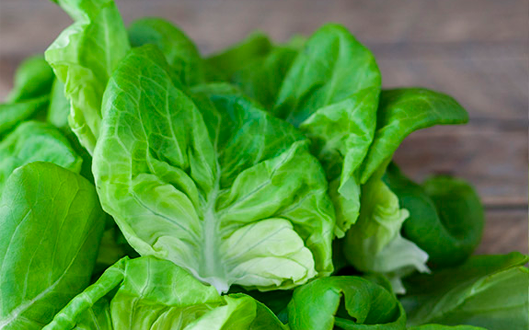
Butter lettuce, including both Bibb and Boston varieties, is a sturdy leaf, most commonly used for lettuce wraps. It’s soft, buttery texture has a slightly sweet flavor, and it holds together well in dishes. Butter lettuce is low in sodium and is a good source of vitamin A with small amounts of iron and calcium. Use butter lettuce leaves as a low-carb wrap for burgers or as a taco shell for ground meat.
9. Iceberg Lettuce

Iceberg is by far the most popular of the salad greens, and can be found on your fast food burgers and tacos. Restaurants most commonly use iceberg lettuce because of how cheap it is, and while it is low in calories, it is also low in nutrients. Of course, this crispy lettuce doesn’t need to be removed from your diet entirely.
Iceberg lettuce is primarily water, which means it contributes to your daily fluid needs. It is also neutral in taste, which is why it is so commonly used by restaurants and fast-food chains. If branching out to other greens scares you, simply use half iceberg and half of another green. Iceberg lettuce can still make a contribution to a salad, even if it isn’t the main star.
Of course, a healthy salad isn’t just about the greens. When choosing a salad on a menu or making one at home, always make sure to limit the dressing, especially if it’s a cream-based one.
Cream-based dressings such as ranch or blue cheese may taste great, but they offer nothing but empty calories and fat. Be sure to follow the serving size on these dressings, or better yet, look for healthier options such as a low-fat version or even a balsamic vinaigrette instead.
If you’re new to the salad train, let me first commend you on taking the next step towards better health. Greens are an excellent source of nutrition and should have their place in your diet. For those of you who find yourself a bit intimidated at the market staring at row after row of green leaves, look instead to a packaged salad mixture to begin.
There are different varieties of packaged greens that range from iceberg mixtures to heartier spinach and swiss chard mixtures. Mix and match packages to ensure that you are getting the best greens available. Once you discover which greens you like most, start buying fresh bundles of greens and make your own mix!
The key to making a healthy salad base is to always remember that the darker the greens the healthier they will be!
Enjoyed The 9 Healthiest Greens For Your Salad? Share it with your friends so they too can follow the Superfoodsliving journey.
Share on Pinterest
